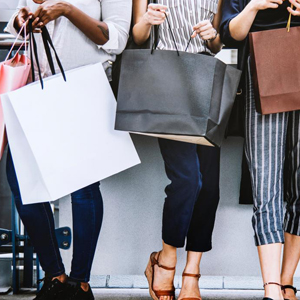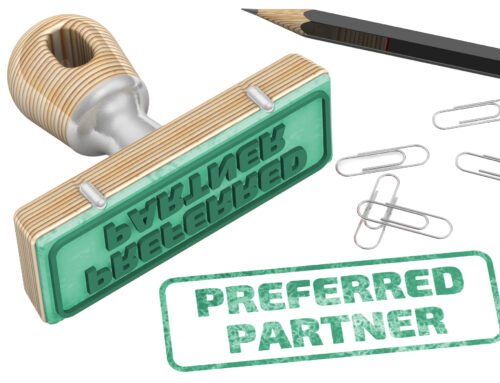 Retail continues to be hyper-connected, transparent, and complex. Going into Q4 last year, we nervously watched to see if the over-hyped retail apocalypse would consume the giants. Fast forward to 2018 with Walmart, Target, and many other retailers showing us that they too can play the Amazon game and they have the power to adapt quickly to change.
Retail continues to be hyper-connected, transparent, and complex. Going into Q4 last year, we nervously watched to see if the over-hyped retail apocalypse would consume the giants. Fast forward to 2018 with Walmart, Target, and many other retailers showing us that they too can play the Amazon game and they have the power to adapt quickly to change.
There are many themes that are emerging this year in retail around consumer- controlled delivery, personalization, and a focus on the store experience. Here are some things the Simpactful team will be watching this holiday shopping season.
Walmart and Target flex their delivery muscles
We know that today’s consumers want instant everything – this isn’t news to us, but this is the year that it’s not a nice-to-have anymore. It’s the minimum a retailer must do to even have a seat at the table in the holiday shopping party. The smart retailers and brands are putting their customer in control by adapting to how they want to receive their products. Target has been busy upgrading its supply chain, and this holiday season marks its biggest test yet. Target is full on ready for buy online pick up in store, 2 day shipping for all shoppers during the season, curbside pickup and most guests in the US will be able to have same-day delivery with Shipt by this holiday shopping season. Target wants to prove that it can not only compete against Amazon, but also win. Last holiday season, Target said its stores fulfilled 70 percent of all digital orders. This year, that percentage will be even higher. The company is hiring 20% more people than it did a year ago and nearly half of those workers are expected to help pack boxes in warehouses.
Walmart is betting its faster service in the store will help it stand out this holiday season. The retailer announced last month it was introducing a new “Check out with Me” feature that will let shoppers bypass the checkout lines and pay for items in some areas of the store where they are shopping. Walmart employees will be equipped with devices to enable that “line-busting.” Walmart has been using its Jet.com business to make a same-day delivery splash in New York. Walmart will again offer free two-day shipping on orders over $35, but hasn’t announced if it will match Target’s free shipping on everything November 1 to December 22. For returns, Walmart launched late last year the Mobile Express Returns kiosks. This service will allow Walmart products bought online to be returned in Walmart’s physical stores. All a customer needs to do is use the Walmart app to log a product for return and exchanged it at a kiosk at a store in less than a minute.
Continued promotions to drive shoppers into the store
Retail is having a really good year and many companies expect to see strong sales and traffic in Q4 as well. We believe Walmart, Best Buy, and Target will continue with their momentum of having some of the strongest traffic growth in years and this means continued promotions. When we look at who has been winning in promotions, it is those retailers using all omnichannel assets and creating compelling promotions using mixes of loyalty cards, shopping apps, marketing partnerships, online, and traditional weekly ads. What does this mean for CPG brands? Suppliers will want to dig deep into past promotions to really get to know how their specific customer reacts to different types of promotions in order to get the best ROI. Are they a creative bargain hunter? Do they use their mobile device? Are they willing to change to your brand if the price is right? Is there opportunity for segmentation in different regions based on price elasticity?
Personalization become hyper-personalization
According to Epsilon research, 80 percent of consumers are more likely to do business with a company if it offers a personalized experience. As brands and consumers alike increasingly embrace personalization, one-to-one marketing that engages individual consumers based on their unique interests and preferences is on the rise. Retailers are using their access to rich data to evolve the shopping experience online and in store. Retailers want to manage the shopper’s journey and react accordingly. Hyper-personalization is a way to understand if the customer will make a new purchase use a promotion/discount tailored just for them through shopping apps, and even buy through social platforms.
In Q4 and well into the next year, retailers’ goal on strategic pricing won’t be to compete for a customer with price wars, but to use their data to make the shopper’s experience as personal and unique as possible. This is the future of retail: Not to compete for a customer with price wars, but to fight for data to make the buyer’s experience as personal and unique as possible asking questions like if I change the price for this buyer, will he or she buy a product or not? If I send this personalized offer to their mobile device, will he or she buy?
Visit www.simpactful.com




